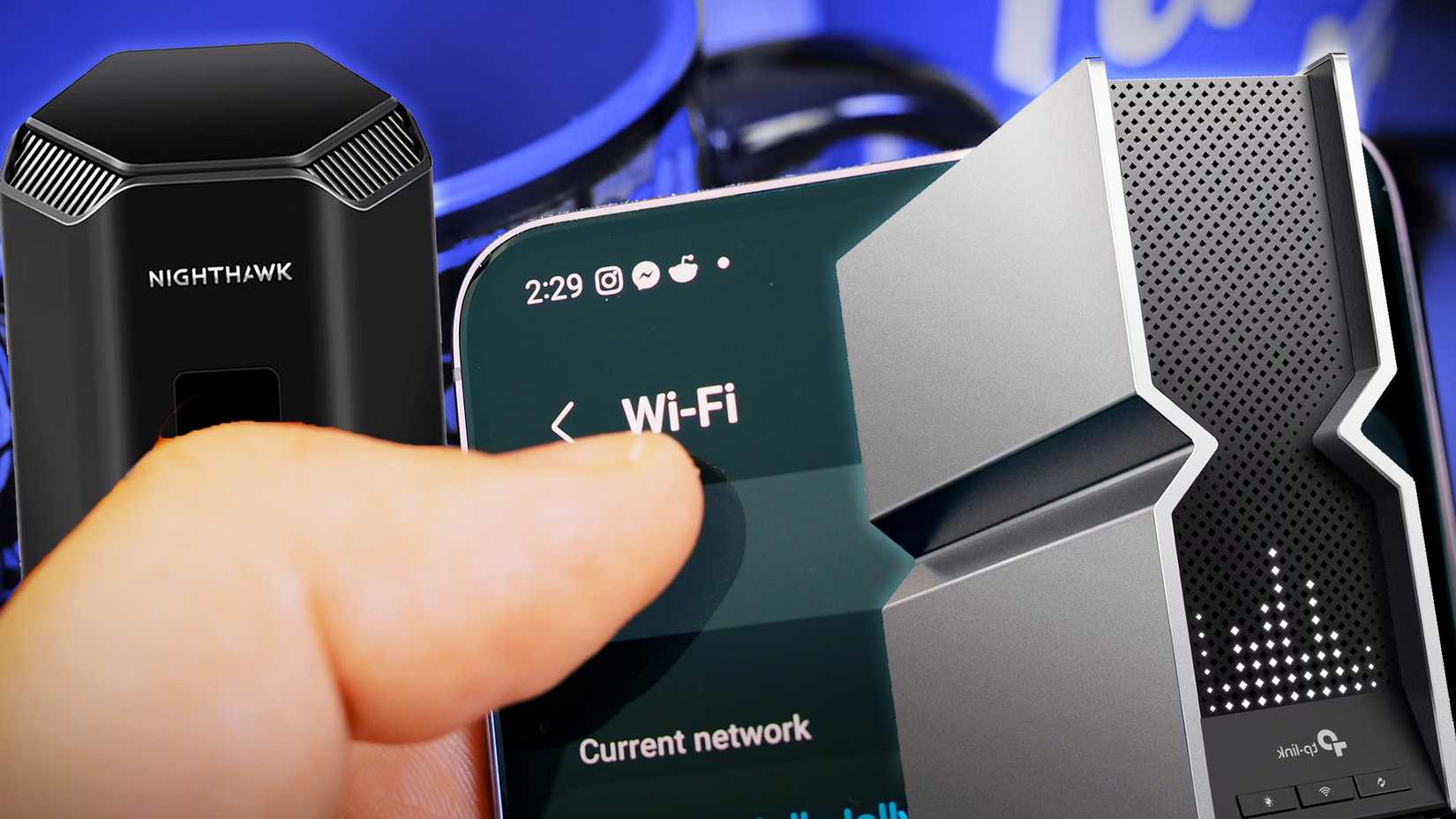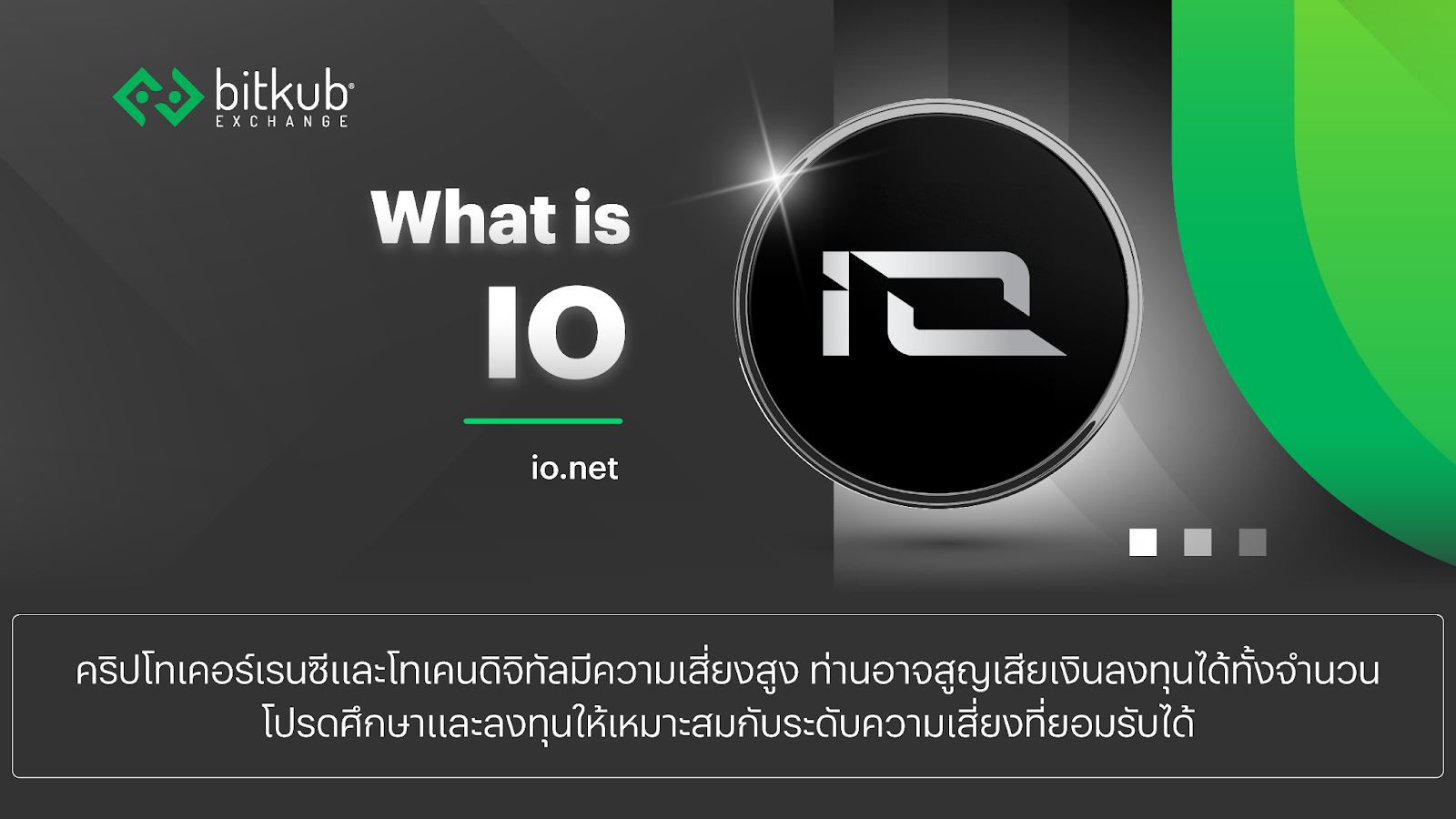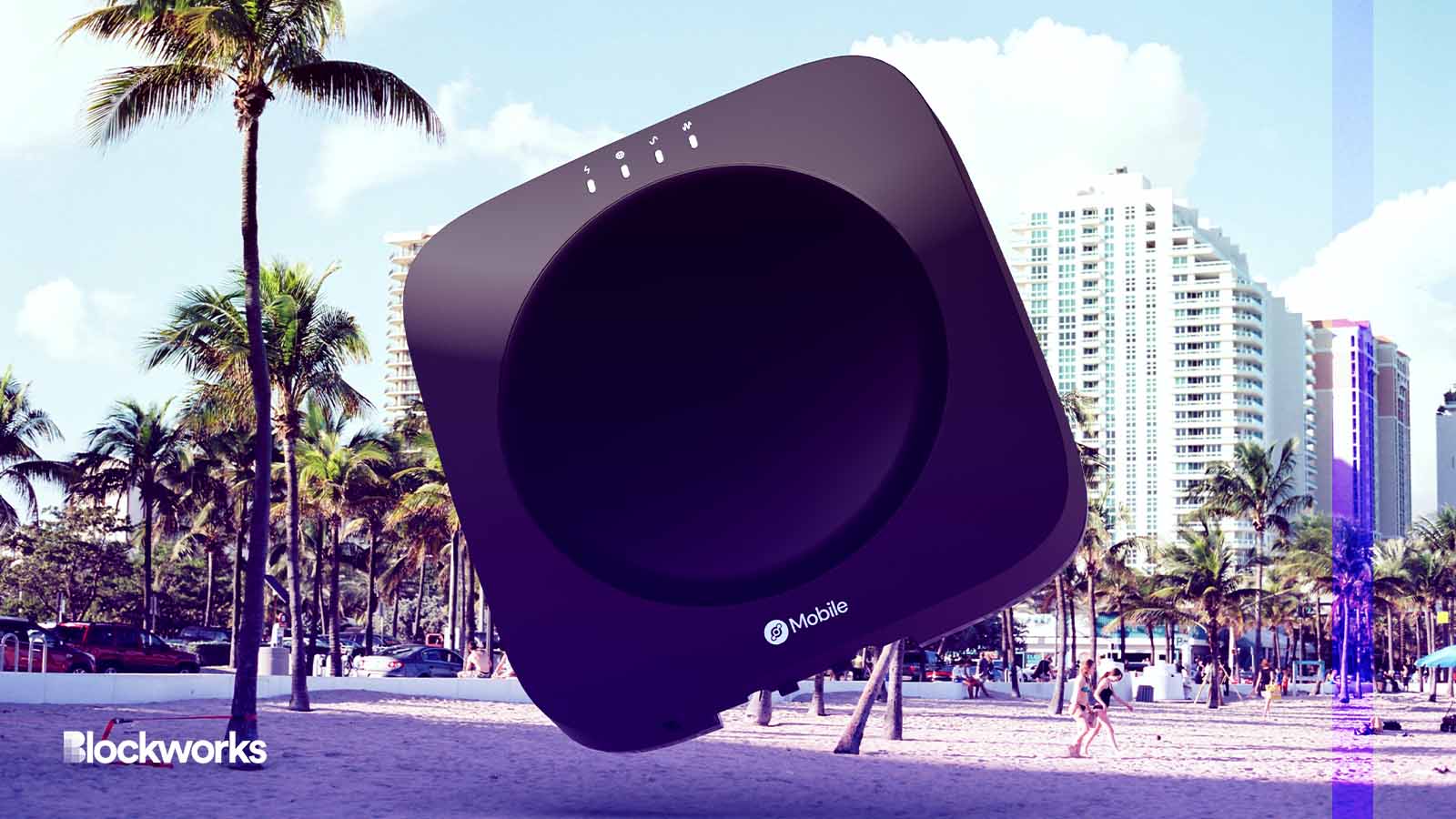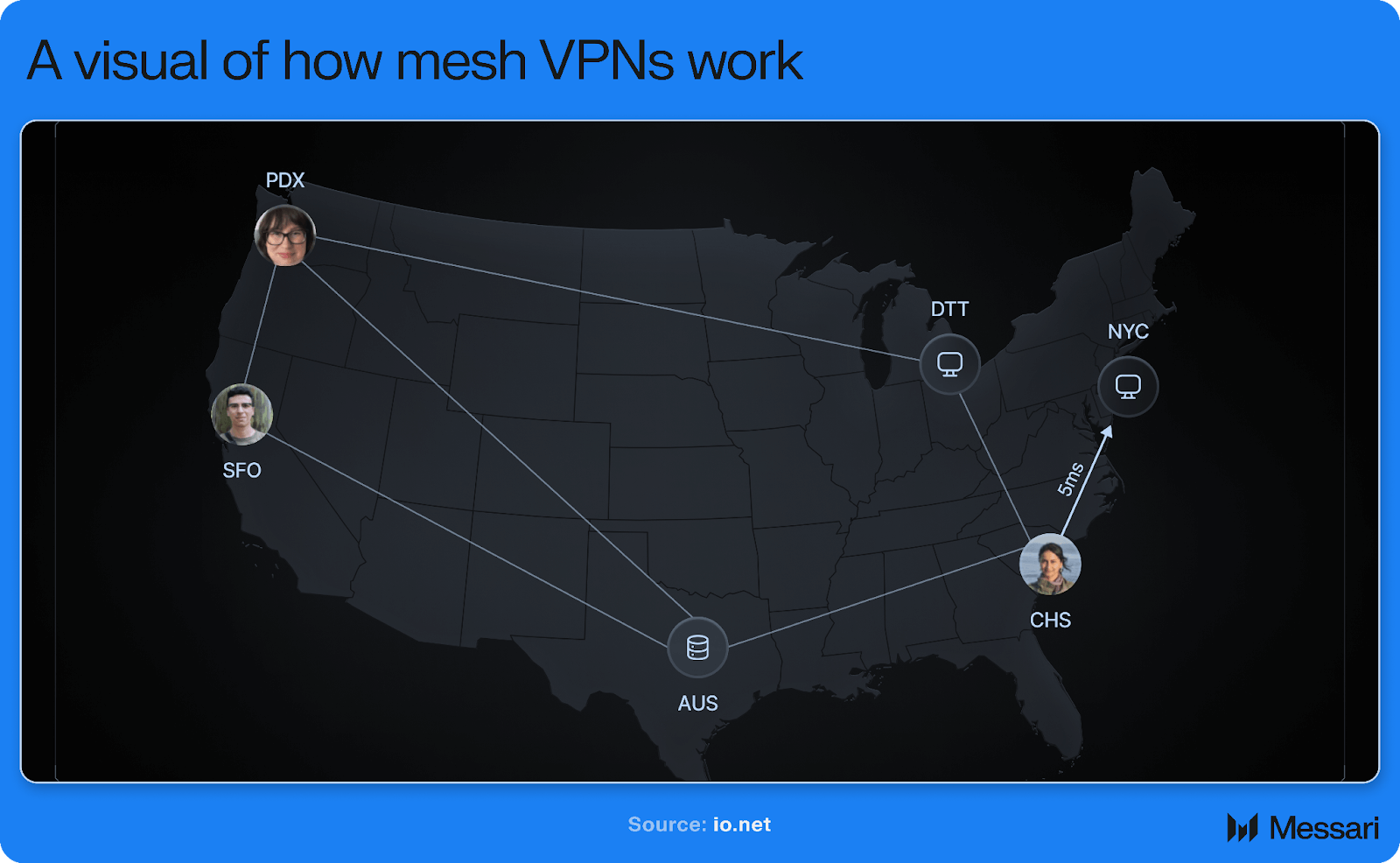
Solana DePIN networks are rapidly emerging as the backbone for decentralized AI infrastructure, delivering scalable, efficient, and democratized access to compute and connectivity. As of October 2025, Solana’s native token trades at $184.91, reflecting sustained market confidence in its capacity to power next-generation infrastructure. This article examines three real-world case studies, Helium Mobile, io. net, and Render Network, that demonstrate how Solana DePIN is bridging blockchain with physical systems to unlock the future of AI.

Helium Mobile: Decentralized Wireless Connectivity for AI Edge Devices on Solana
Helium Mobile has set a new standard for decentralized wireless networks by leveraging Solana’s high throughput and cost-efficient architecture. After its migration from its original chain to Solana, Helium Mobile now supports nearly one million global hotspots across 192 countries. This massive distributed network is not just about cheaper connectivity; it’s critical infrastructure for AI edge devices, sensors, IoT modules, autonomous vehicles, that require reliable data transmission at scale.
With every hotspot acting as a node in a permissionless mesh, Helium enables real-time data collection and low-latency communication for AI applications deployed in the wild. The network’s token-based incentives ensure continuous expansion and maintenance without centralized bottlenecks or single points of failure. This approach directly addresses one of the biggest challenges in decentralized AI: maintaining secure, ubiquitous connectivity across geographies and device types.
io. net: Distributed GPU Compute Marketplace Powering AI Workloads via Solana DePIN
If wireless is the nervous system of decentralized AI, compute is its beating heart, and io. net delivers on both performance and accessibility. By aggregating idle GPUs from independent operators worldwide into a unified marketplace governed by smart contracts on Solana, io. net transforms how developers access computational resources for training large language models or running inference at scale.
This model directly attacks the centralized chokehold exerted by major cloud providers over GPU supply. Instead of waiting weeks or paying premium rates for compute time, users can tap into io. net’s distributed pool, often at a fraction of traditional costs, with transparent pricing and settlement secured by Solana’s blockchain. The project recently closed $30 million in Series A funding to accelerate growth, underlining investor conviction in distributed compute as the foundation for scalable AI infrastructure.
Key Features of io.net’s Decentralized GPU Marketplace
-

Helium Mobile: Decentralized Wireless Connectivity for AI Edge Devices on SolanaHelium Mobile leverages Solana to enable a global, decentralized wireless network that supports AI edge devices. By April 2023, Helium had nearly one million hotspots across 192 countries, providing low-cost, scalable connectivity essential for real-time AI data collection and transmission. This decentralized approach eliminates single points of failure and reduces operational costs for AI infrastructure.
-

io.net: Distributed GPU Compute Marketplace Powering AI Workloads via Solana DePINio.net aggregates idle GPUs and cloud resources into a decentralized marketplace, addressing the global GPU shortage for AI workloads. Integrated with Solana for fast, low-cost transactions, io.net enables AI developers to access affordable, scalable computing power on demand. The platform’s recent $30 million Series A funding underscores its rapid growth and impact on democratizing AI compute resources.
-

Render Network: Decentralized Rendering and AI Data Centers Leveraging Solana for ScalabilityRender Network connects users needing GPU compute for AI model training, VFX, and 3D rendering with providers offering excess GPU capacity. Its migration from Ethereum to Solana enables faster, cheaper micro-transactions, making distributed rendering and AI data center operations more efficient and cost-effective. This empowers creators and AI developers to scale workloads without relying on centralized cloud providers.
Render Network: Decentralized Rendering and AI Data Centers Leveraging Solana for Scalability
Render Network exemplifies how DePIN can disrupt not just connectivity or compute but also data center economics themselves. By migrating from Ethereum to Solana, Render unlocked faster micro-transactions, crucial when thousands of rendering jobs or model training tasks must be settled per second across a global network of GPU providers.
The platform connects creators needing high-performance rendering or machine learning inference with operators supplying excess GPU power, effectively decentralizing what were once massive centralized data centers. This has immediate implications for generative AI (think VFX studios or 3D content creators) but also lays groundwork for federated learning models where privacy-preserving computation happens closer to the user edge rather than in hyperscale silos.
The synergy between these three projects demonstrates why every major DePIN initiative is converging on Solana’s ecosystem. For more technical deep dives on how these networks operate under the hood, and why they’re outpacing legacy Web2 infrastructure, explore our related coverage at How Solana DePIN Projects Are Powering Decentralized AI Infrastructure.
What makes these case studies so compelling is their ability to solve specific, long-standing bottlenecks in AI deployment. Helium Mobile eliminates the need for centralized telecom operators, making it possible for AI edge devices to operate in both urban and remote locations with the same reliability. The permissionless nature of its wireless mesh means that as more users join, the network’s coverage and resilience only increase, directly benefiting data-hungry AI applications such as real-time video analytics, environmental monitoring, and autonomous robotics.
io. net addresses a different pain point: compute scarcity. By allowing anyone with idle GPU resources to participate in the marketplace, io. net democratizes access to high-performance compute for startups and researchers who would otherwise be priced out by hyperscalers. The use of Solana’s fast finality ensures that resource allocation and payments are handled in real time, which is critical when orchestrating distributed training jobs or on-demand inference across multiple locations. This model not only reduces costs but also introduces market-driven efficiency into the traditionally rigid world of cloud computing.
Render Network takes decentralization a step further by breaking up the monolithic data center paradigm. Instead of relying on a handful of massive facilities, Render distributes rendering and AI workloads across thousands of independent nodes. This approach not only mitigates single points of failure but also enables new types of collaborative AI workflows, such as federated learning, where sensitive data never leaves its source device. By utilizing Solana’s low fees and parallel processing capabilities, Render can settle micropayments at scale without prohibitive overheads.
The Competitive Edge: Why Solana?
All three projects benefit from Solana’s unique technical stack: high throughput (tens of thousands of transactions per second), sub-second finality, and ultra-low transaction fees. These characteristics are not just nice-to-haves, they’re essential for supporting millions of micro-interactions between devices, compute providers, and end-users in real time. As a result, Solana DePIN networks can outpace legacy infrastructure on both cost and performance metrics.
The current price point of $184.91 for SOL underscores market confidence in this thesis. As more decentralized physical infrastructure networks migrate to Solana for scalability and cost-efficiency, we expect further compounding effects on adoption, especially as AI workloads become increasingly distributed.
Solana DePIN Case Studies Powering Decentralized AI
-

Helium Mobile: Decentralized Wireless Connectivity for AI Edge Devices on SolanaHelium Mobile operates the world’s largest decentralized wireless network, with nearly one million hotspots across 192 countries as of April 2023. By migrating to Solana, Helium provides low-cost, scalable connectivity essential for AI edge devices, enabling real-time data collection and transmission for AI applications worldwide.
-

io.net: Distributed GPU Compute Marketplace Powering AI Workloads via Solana DePINio.net aggregates idle GPUs and cloud resources, creating a decentralized compute marketplace for AI developers. Leveraging Solana’s high throughput, io.net offers affordable, scalable GPU access—crucial for AI model training and inference—while addressing global GPU shortages. The platform raised $30 million in Series A funding to expand its decentralized infrastructure.
-

Render Network: Decentralized Rendering and AI Data Centers Leveraging Solana for ScalabilityRender Network connects users needing GPU power with providers through a decentralized cloud marketplace. After migrating from Ethereum to Solana, Render enables fast, low-cost micro-transactions for AI model training, VFX, and 3D rendering. Its distributed data centers democratize access to compute resources, accelerating AI innovation.
Key Takeaways for Investors and Builders
- Diversification: Exposure to DePIN projects like Helium Mobile, io. net, and Render Network offers diversification beyond traditional crypto assets or Web2 equities.
- Infrastructure-Led Growth: These networks are positioned at the intersection of blockchain scalability and real-world utility, an area likely to see exponential growth as AI adoption accelerates.
- Sustainable Tokenomics: Each project leverages token-based incentives that align network growth with user participation, a critical factor for long-term sustainability.
If you’re interested in a deeper dive into composability between decentralized GPU networks or want to understand how cross-chain payments are automating DePIN-AI workflows at scale, check out this detailed analysis from CryptoAIWorld: Composability in Decentralized AI: Cross-Chain Payments and Automation in DePIN.
The path forward is clear: as more developers build on Solana DePIN primitives, and as token incentives attract new hardware participants, the lines between digital and physical infrastructure will blur even further. This convergence will unlock new markets for decentralized AI services while reducing dependency on centralized incumbents. For those willing to adapt quickly and trade with conviction, the next wave of infrastructure innovation is already here, and it runs on Solana.






